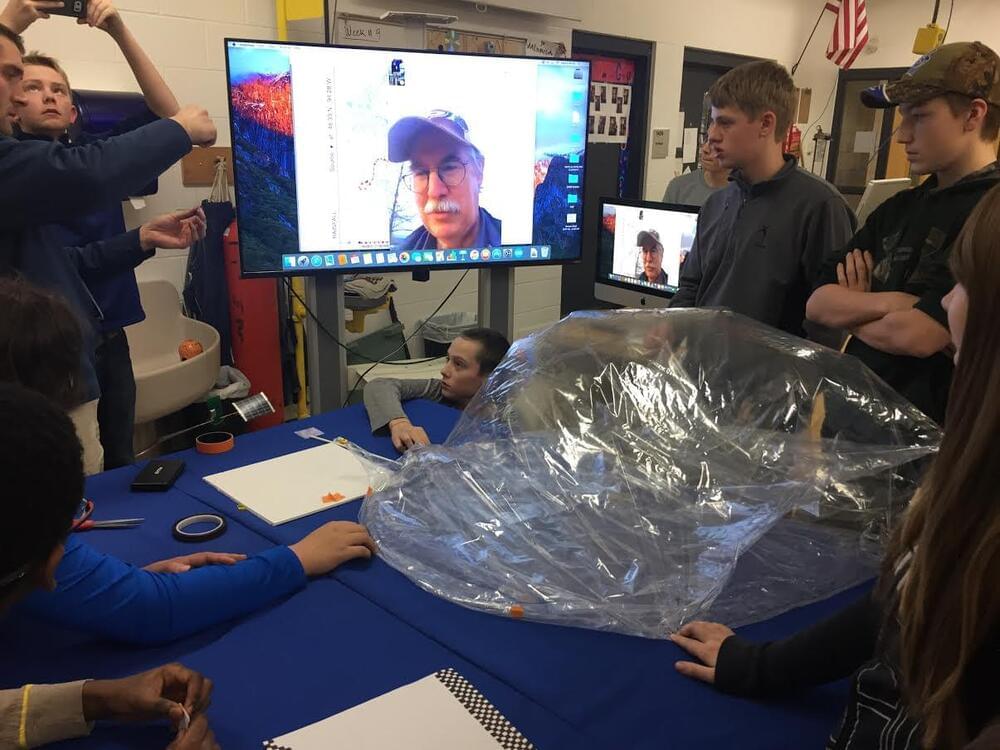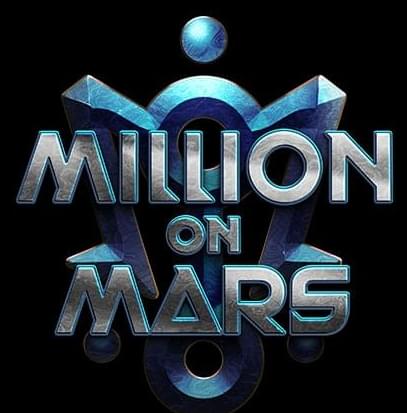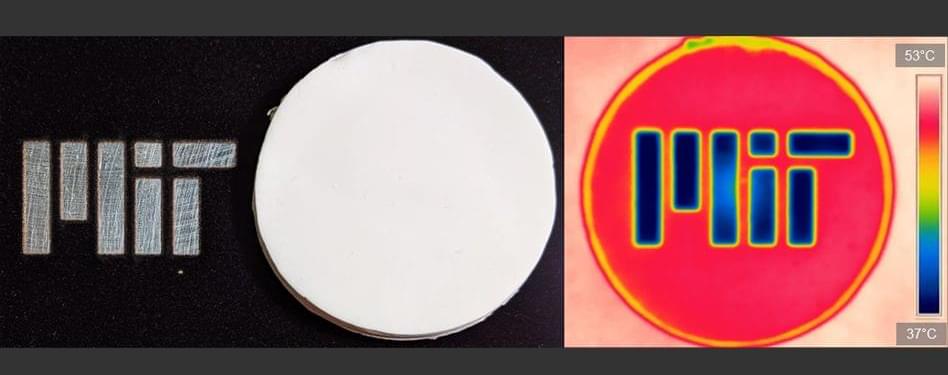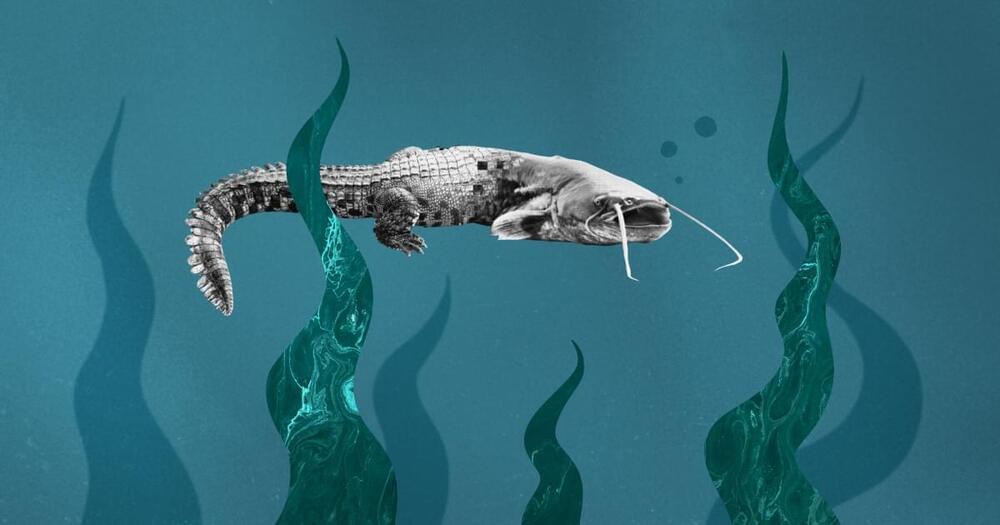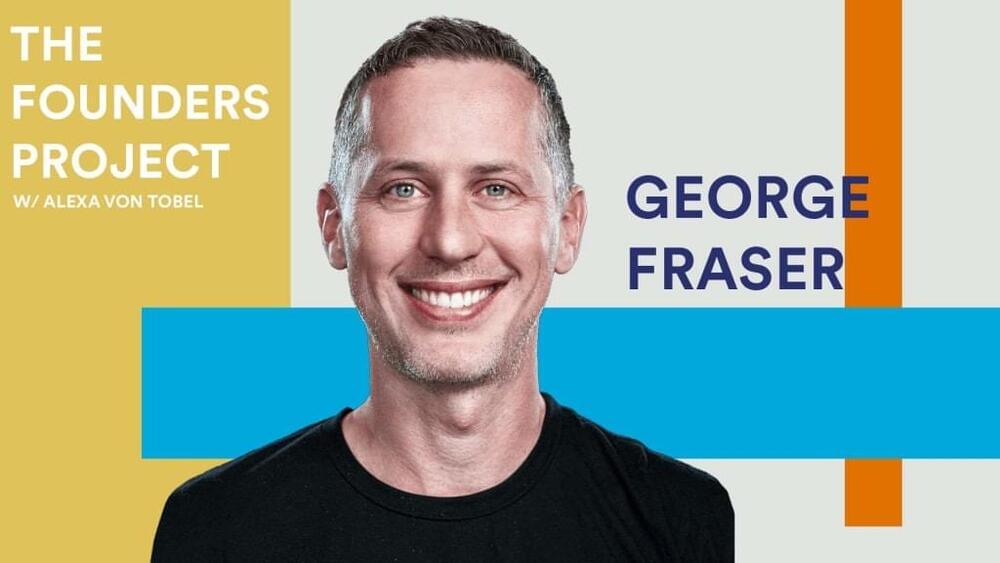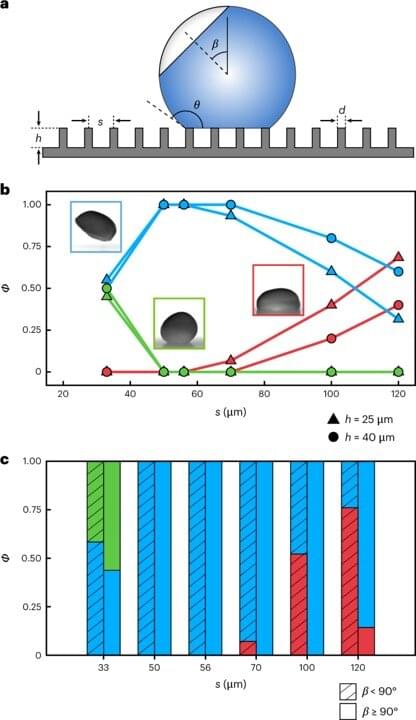Feb 17, 2023
Hobby Club’s Missing Balloon Feared Shot Down
Posted by Omuterema Akhahenda in category: futurism
A small, globe-trotting balloon declared “missing in action” by an Illinois-based hobbyist club on Feb. 15 has emerged as a candidate to explain one of the three mystery objects shot down by four heat-seeking missiles launched by U.S. Air Force fighters since Feb. 10.
The club—the Northern Illinois Bottlecap Balloon Brigade (NIBBB)—is not pointing fingers yet.
But the circumstantial evidence is at least intriguing. The club’s silver-coated, party-style, “pico balloon” reported its last position on Feb. 10 at 38,910 ft. off the west coast of Alaska, and a popular forecasting tool—the HYSPLIT model provided by the National Oceanic and Atmospheric Administration (NOAA)—projected the cylindrically shaped object would be floating high over the central part of the Yukon Territory on Feb. 11. That is the same day a Lockheed Martin F-22 shot down an unidentified object of a similar description and altitude in the same general area.
